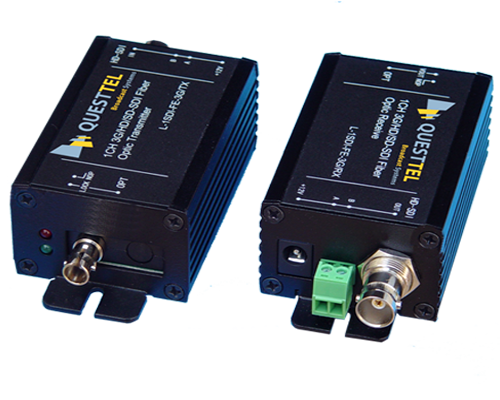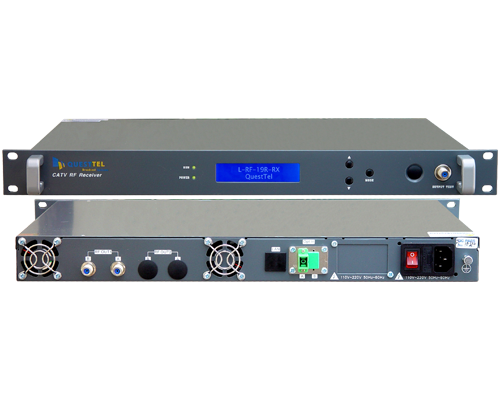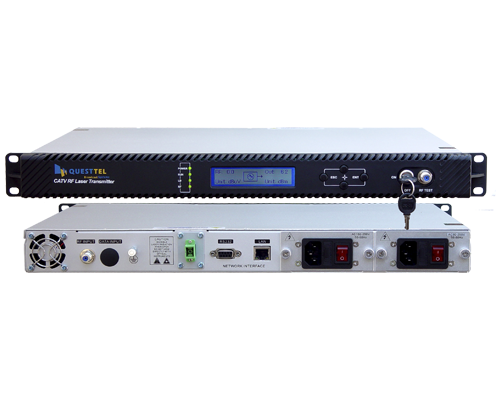Effects of bending on fiber optic cables
While designing an optical fiber cable for any of the applications like duct, underground buried, aerial and Indoor, the cable design engineer needs to consider some of the mechanical parameters of Optical fibers and cables. Let us see the important parameters that affect mechanical integrity of fiber optic cable.
Fiber macro-bending happens when the optical fiber undergoes curves due to bend after cabling. This bend may be due to installation condition or optical fiber cable manufacturing condition. Anyway, macro-bending will increase attenuation of an optical fiber cable. Optical loss increases with smaller curves. This bending has become one of the superior criteria to distinguish optical fibers recently. As we can see the ITU-T recommendations now classifies optical fibers used for fiber to the home applications based on the macrobending radius and loss the fiber can withstand.
ITU-T G.657A compliant optical fibers can withstand a bending radius of 15mm, while the ITU-T G.657B compliant fibers can withstand smaller bending radius like 7.5mm. If you want to download the ITU-T G.657A and ITU-T G.657B recommendations for optical fibers please visit the link; ITU-T G.657 recommendations for Optical fibers. The conventional single mode fiber can withstand a bending radius of 30mm. ITU-T recommendations are free to download.
Fiber micro-bending is another mechanical parameter which needs to be taken cared by fiber optic cable design engineers. Bending of an optical fiber that is caused by movement over a short distance due to localized stresses or lateral forces along the length is called fiber microbending. Microbending in optical fiber can happen at any stage of optical fiber cable manufacturing and installation. The cause may be sometimes due to the dimensional variations of the cable elements while subjecting to environmental stresses due to temperature variations.
Optical fiber microbending will increase attenuation in an optical fiber cable. Great care shall be taken to uniformly apply forces during manufacturing process. Uneven stress during manufacturing cause localized stress accumulation and thereby increases microbending loss. Improper installation methods adopted during deployment will also lead to microbending loss.
Cable bending during installation and after installation are the two major mechanical parameters for the optical fiber cable, that is often asked by customers to quote. Strictly following the installation bending conditions suggested by manufacturers will reduce the chance of failures of installed fiber optic cables.
There may be a bit confusion when the customers use different terminologies to indicate their requirement for minimum bending radius of the optical fiber and cable. At any cost, the minimum bending radius of the optical fiber if used alone shall not be less than 30mm for a conventional single mode fiber. For the singlemode fibers used in Fiber to the premise or home applications, the minimum bending radius is 15mm for an ITU-T G.657A fiber and 7.5mm for an ITU-T G.657B fiber.
For optical fiber cables, we come across different terms such as Minimum bending radius of the cable during installation and during service, Minimum bending radius of the fiber optic cable in loaded and unloaded condition and Static and dynamic bending radius etc. Finally, we are going to bend the fiber optic cable, whatever be the term being used!
A loaded cable means, the cable which is in dynamic state which is during installation. An unloaded cable means the cable which is in static state and which is the state after installation, which is during service. A loaded fiber optic cable minimum bending radius shall not be more than 20 times the outer diameter of the cable. Similarly the unloaded fiber optic cable minimum bending radius shall not be more than 10 times the fiber optic cable diameter.
QuestTel shall have no liability for any error or damage of any kind resulting from the use of this document.



